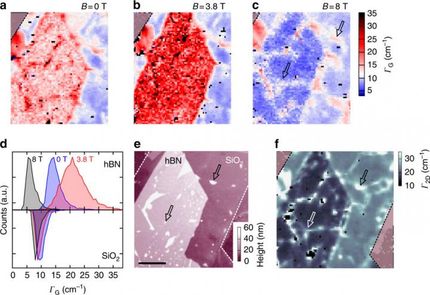NIST research highlights promise of AFM-IR for quantitative nanoscale chemical analysis.
Advertisement
Anasys Instruments announced a new paper authored by Dr Andrea Centrone and his colleagues at NIST published recently in Small. Dr Centrone's team reported on experiments that carefully studied the AFM-IR signal strength versus sample thickness. The experiments showed that the AFM-IR signal increases linearly with thickness for samples up to 1µm thick. This observed linearity may pave the way for quantitative chemical analysis at the nanoscale.
AFM-IR has recently attracted great interest in that it enables chemical identification and imaging with nanoscale resolution. In this paper, NIST reports on electron beam nanopatterned polymer samples which were fabricated directly on zinc selenide prisms and used to experimentally evaluate the AFM-IR signal lateral resolution, sensitivity and linearity. The authors have shown that the AFM-IR lateral resolution for chemical imaging is comparable to the lateral resolution obtained in the AFM topography. Spectra and chemical maps were produced from samples as thin as 40 nm. The observations also provide experimental confirmation of theoretical predictions on AFM-IR previously developed by Prof Alexandre Dazzi of Univ of Paris-Orsay who is also the inventor of the technique.
In AFM-IR, a rapidly pulsed infrared (IR) laser is directed on upon a thin sample which absorbs the IR light and undergoes rapid thermomechanical expansion. An AFM tip in contact with the sample resonates in response to the expansion, and this resonance is measured by the AFM.
"We are excited by this through work by Dr. Centrone and his colleagues," said Craig Prater, Chief Technology Officer of Anasys Instruments. "We applaud NIST's research and involvement in advancing nanoscale characterization of materials using AFM-based spectroscopy."
Original publication
"Chemical imaging beyond the diffraction limit: experimental validation of the PTIR technique."; Small 2012.
























































